Packages & Tutorials
Engineering Files & Tools
Software
Engineering Topics

Ready-to-use Models (FEA/CFD)
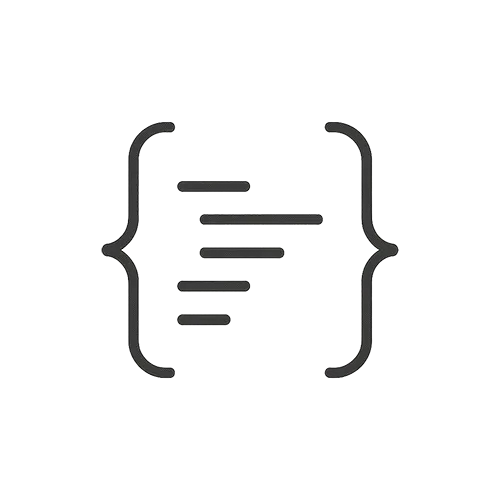
Excel Sheets & Hand Calculations

Codes & Scripts

Structures & Materials
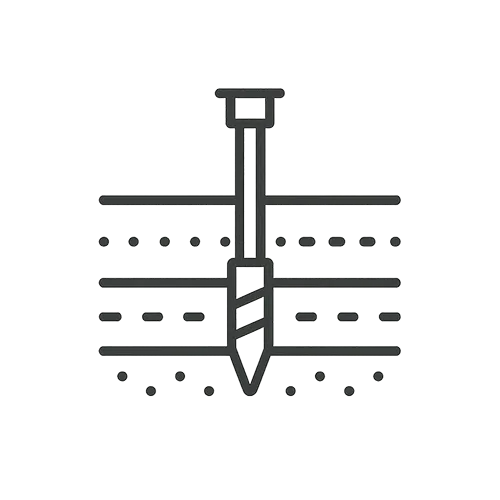
Geotechnical & Soil

Fluid Dynamics (CFD/FSI)
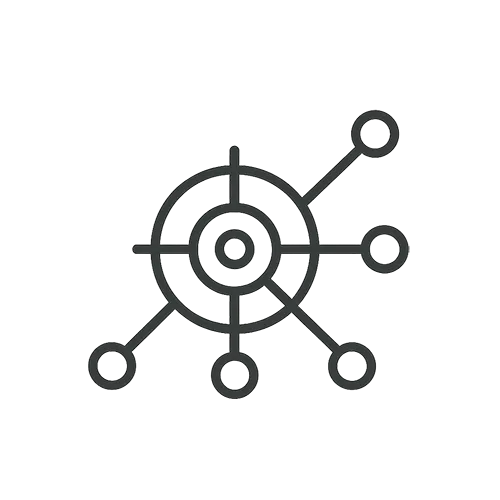







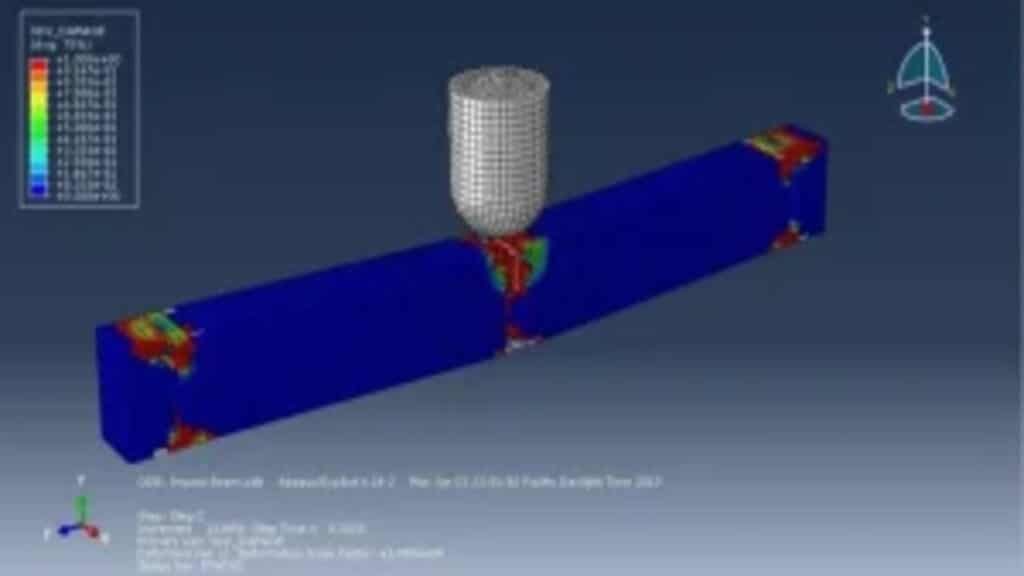




Papers abstract:
This study numerically investigates the effect of the plastic hinge and boundary conditions on the behavior of reinforced concrete (RC) beams under slow-impact-velocity events. Numerical models are developed by using LS-Dyna and verified against experimental results. The effect of different factors including the impact velocity, projectile weight, and concrete strength on the impact behavior of RC beams is examined. The numerical results have shown that the effect of boundary condition is marginal on the impact force but significant on the displacement and damage of relatively long beams. Determining the structural stiffness of a beam in an equivalent single degree of freedom model for predicting the impact load should consider the plastic hinge formation and stationary location. And this model is not necessarily suitable for predicting the peak beam response since it is independent of the boundary conditions when the impact velocity is fast. The negative bending moment of the simply-supported beam occurs with a large magnitude which needs to be taken into account in the design. The residual displacement is more sensitive to the boundary conditions than the peak displacement. Varying concrete strength from 20 MPa to 100 MPa does not noticeably change the impact force and displacement but significantly affects the failure mode of the beam.
Product Overview:
This tutorial guides users through simulating the impact behavior of reinforced concrete beams using Abaqus. The model is based on the methodology presented in a peer-reviewed ISI publication. The simulation setup mirrors the original study’s conditions and uses advanced material models and erosion techniques to capture failure mechanisms. Ideal for researchers and engineers working on impact analysis or structural dynamics. Key simulation steps include:
In this tutorial, simply-supported and fixed-end concrete beams under impact loading are simulated, according to data from the work of Pham and Hao.

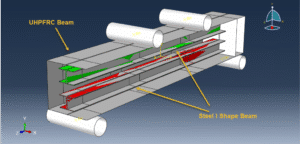
Abaqus
€49,00 €29,00

Abaqus
€35,00 €30,00
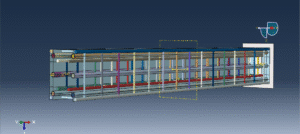
Abaqus
€45,00 €30,00
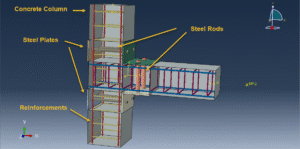
Beam
€50,00 €30,00
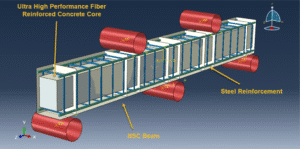
Abaqus
€45,00 €29,00
See more

Want to receive push notifications for all major on-site activities?